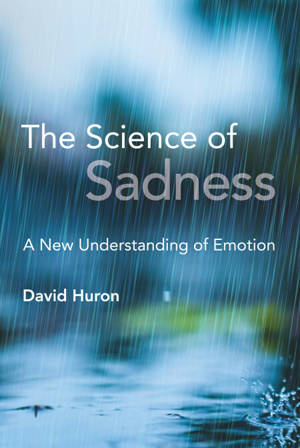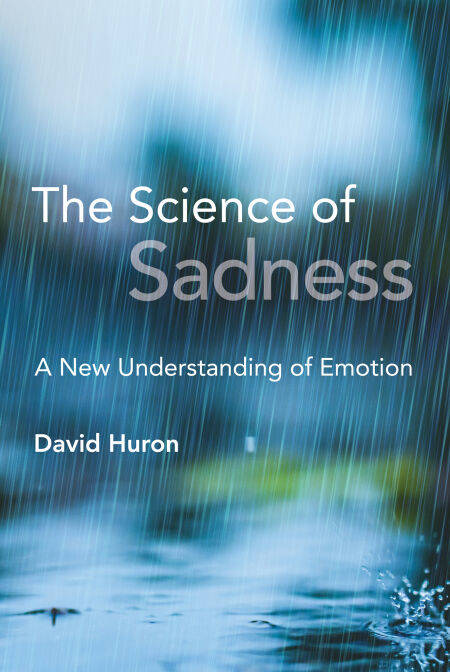
- Afhalen na 1 uur in een winkel met voorraad
- Gratis thuislevering in België vanaf € 30
- Ruim aanbod met 7 miljoen producten
- Afhalen na 1 uur in een winkel met voorraad
- Gratis thuislevering in België vanaf € 30
- Ruim aanbod met 7 miljoen producten
Zoeken
€ 49,28
+ 49 punten
Omschrijving
An accessible, scientific account of grief, melancholy, and nostalgia in human life and their broader lessons for understanding emotions in general.
The Science of Sadness proposes an original scientific account of grief, melancholy, and nostalgia, advocating a unique ethological approach to these familiar, woeful emotions. One of the leading scholars in the psychology of music and music cognition, David Huron draws on hundreds of studies from physiology, medicine, neuroscience, psychology, anthropology, and the arts to resolve long-standing problems that have stymied modern emotion research. A careful examination of sadness-related behaviors reveals their biological and social functions, which Huron uses to formulate a new theory about how emotions in general are displayed and interpreted.
We’ve all shed tears of joy, tears of grief, tears of pain. While different emotions often share the same weepy display, Huron identifies the single function that unites them. He suggests how weeping emerged over the course of human evolution, explores the contrasting cultural manifestations of sadness, and chronicles humanity’s changing interpretations of sadness over time. Huron also explains the various ways cultures recruit and reshape involuntary emotional displays for different social purposes, and he offers a compelling narrative of what makes tragic arts so appealing. Though sadness is typically regarded as the very antithesis of happiness, The Science of Sadness draws attention to the important roles that grief, melancholy, and nostalgia play in human well-being.
The Science of Sadness proposes an original scientific account of grief, melancholy, and nostalgia, advocating a unique ethological approach to these familiar, woeful emotions. One of the leading scholars in the psychology of music and music cognition, David Huron draws on hundreds of studies from physiology, medicine, neuroscience, psychology, anthropology, and the arts to resolve long-standing problems that have stymied modern emotion research. A careful examination of sadness-related behaviors reveals their biological and social functions, which Huron uses to formulate a new theory about how emotions in general are displayed and interpreted.
We’ve all shed tears of joy, tears of grief, tears of pain. While different emotions often share the same weepy display, Huron identifies the single function that unites them. He suggests how weeping emerged over the course of human evolution, explores the contrasting cultural manifestations of sadness, and chronicles humanity’s changing interpretations of sadness over time. Huron also explains the various ways cultures recruit and reshape involuntary emotional displays for different social purposes, and he offers a compelling narrative of what makes tragic arts so appealing. Though sadness is typically regarded as the very antithesis of happiness, The Science of Sadness draws attention to the important roles that grief, melancholy, and nostalgia play in human well-being.
Specificaties
Betrokkenen
- Auteur(s):
- Uitgeverij:
Inhoud
- Aantal bladzijden:
- 408
- Taal:
- Engels
Eigenschappen
- Productcode (EAN):
- 9780262378307
- Verschijningsdatum:
- 6/05/2024
- Uitvoering:
- E-book
- Beveiligd met:
- Adobe DRM
- Formaat:
- ePub

Alleen bij Standaard Boekhandel
+ 49 punten op je klantenkaart van Standaard Boekhandel
Beoordelingen
We publiceren alleen reviews die voldoen aan de voorwaarden voor reviews. Bekijk onze voorwaarden voor reviews.








